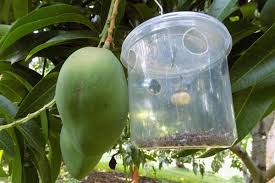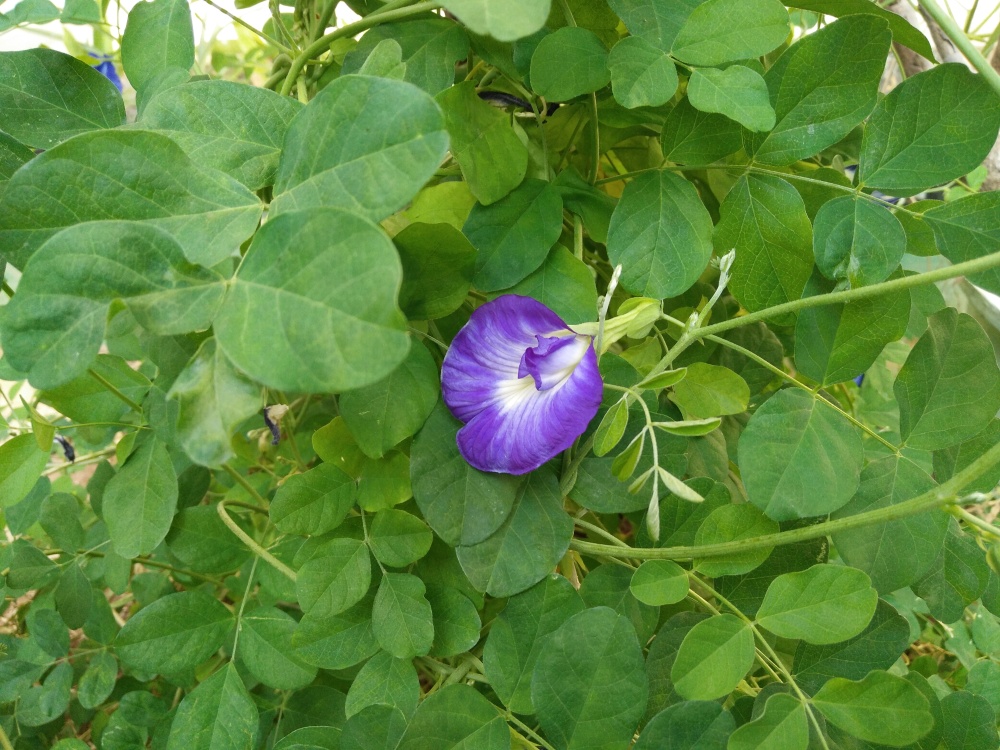
Immediate laying a of a net over a nursery bed can prevent pest which attack seedlings as the intuders search for cell sap, leaves or stems to feed on.
Many a time, seedlings die following heavy infestation, which also puts them at risk of contracting diseases transmitted by pests like insects.
A new net or repaired one would keep away grasshoppers and snails that feed on the leaves of the young plants. Caterpillars attack leaves and stems of tomatoes, cabbage, chilly, among others.
Similarly, nets would also keep off moths, which lay eggs on the seedling at night. The eggs later hatch into larvae before cutting the stems, or feed on the leaves.
White flies cause massive damage on young plants too. They suck the cell sap besides transmitting viral diseases. Notably, Access Agriculture, an agricultural research institution, says the flies die after the first application of pesticide. By the second and subsequent application, the fly could have created resistance against the pesticide.
RELATED ARTICLE: Super nets spur plants\' growth
RELATED ARTICLE: Benefits of seine nets in fish pond cropping
RELATED ARTICLE: AgroNet reduces cost of pest control improves yields
That means the pesticide will go to waste besides endangering humans and the environment because of their chemical components.
Laying a shield does not require much expertise. With a locally available net a farmer can pin small posts around the nursery bed and lay strong sticks from one end to the other to elevate the net to about one mitre.
Approximately one mitre of the material is covered by soil around the bed to prevent entry of pest.
Watering can be done directly from outside the shield. It should be removed only when the seedlings are ready to be transplanted.
Write comment (0 Comments)

















